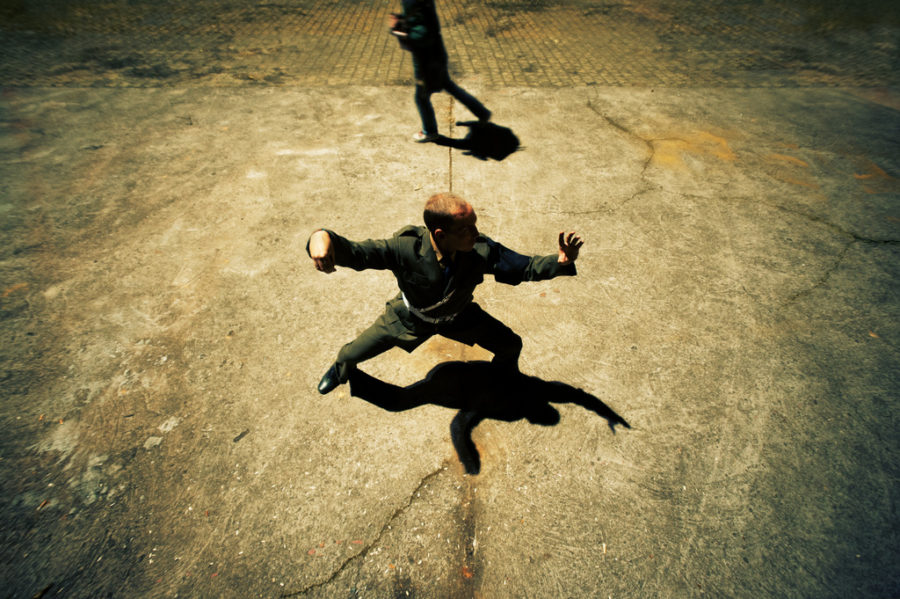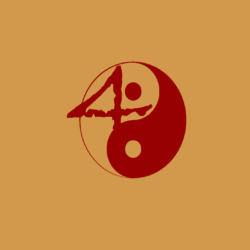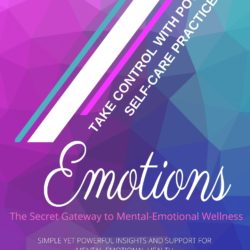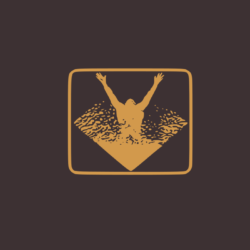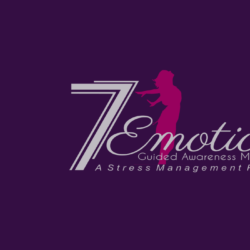Conventional exercise is commonly defined as a repeated routine used to develop or maintain physical fitness and often is associated with muscle strengthening and cardiovascular training. Unconventional forms of exercise like Qi Gong (pronounced ‘chee kung’) as well as Yoga and Taijiquan, are gaining popularity with a very different approach to promoting health. Qi Gong originated in China with a rich history dating back several thousand years. Qi Gong is a rejuvenating exercise that combines mental focus, breathing techniques, and body movement. Qi is an eastern concept that is recognized in the west as bioelectricity or energy. One goal in Qi Gong is to increase the quantity and quality of Qi circulating in the body so that it promotes balance and flows smoothly without obstruction. When there is pain or disorder there is obstruction to circulation. This obstruction degrades the efficiency and functionality of the organ systems within the body.
Qi is a fundamental principle recognized in medical therapies such as acupuncture, acupressure, herbal medicine, Tuina massage and the secretive, highly skilled world of martial arts. Many styles of martial arts developed their own Qi Gong forms to promote health. In Acupuncture, the shallow insertion of fine, sterile needles into specific points (acupoints) of the body are used to regulate the flow of Qi. Scientific studies have measured higher levels of conductivity corresponding to these specific acupoints. Various forms of Qi Gong such as still meditation or slow, mindful movement are used to elevate energy levels in particular regions of the body and then redirect this energy to other deficient body regions to promote balance.
As a Qi Gong instructor I focus on promoting a higher level of self-awareness with three methods of exercise – relaxing, stretching, and strengthening. Each method contains different exercises for different health needs. It’s important to understand that Qi flows in a cyclical pattern that is ascending, descending, contracting and expanding in a balanced fashion. Identifying irregularities will help determine which method to use to restore balance. For example, during our sleep cycle the body cools down and Qi contracts inward towards the center of the body. Upon awaking our activity increases and the body begins to warm up as Qi expands outward towards the exterior of the body. If we experience irregularities in our sleep cycle such as insomnia (inability to sleep) in the evening or somnolence (sleepiness) in the morning we can perform specific methods of exercise to balance the cycle. Methods of relaxation can promote an inward movement of Qi, settle the mind and relax the body in preparation for sleep. Upon rising in the morning, stretching and strengthening exercises will move Qi outward awakening the senses and stimulating the extremities with a vigorous flow of Qi and blood. Knowing how and when to use these simple methods of exercise is the key to good Qi Gong training.
Considering today’s high cost of health care, exercise along with diet and rest are three free therapies that can preventatively be used to guard our health.
Click here for more information on Qi Gong.
New Study shows Chi Kung improves students’ health and overall behavior
Christopher Carlow, D. Ac.Doctor of Acupuncture Date: 4/7/06


